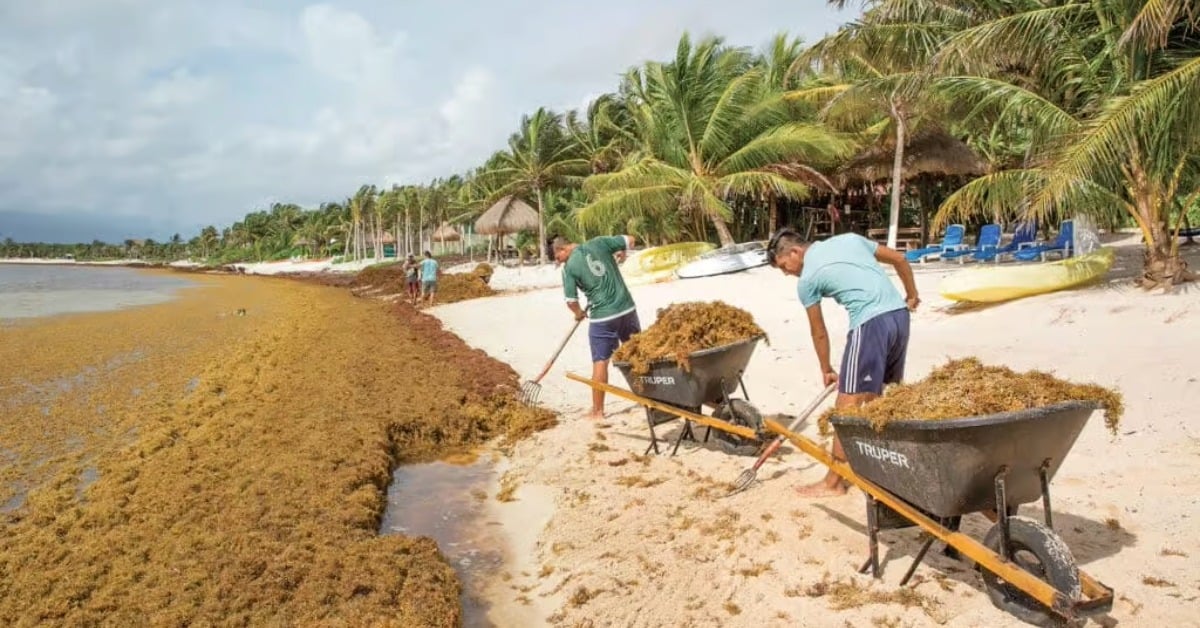The sargassum crisis in Quintana Roo 2025 has already sunk hotel occupancy and forced fishermen to pause; more than 45,000 tons collected so far . . .


The sargassum crisis in Quintana Roo 2025 has already sunk hotel occupancy and forced fishermen to pause; more than 45,000 tons collected so far . . .
